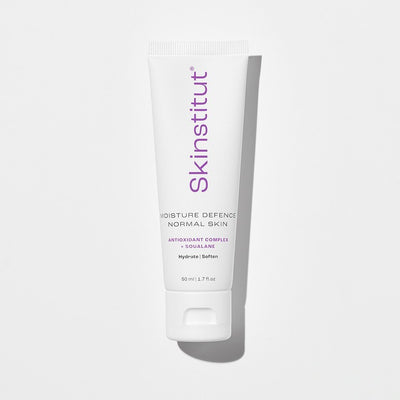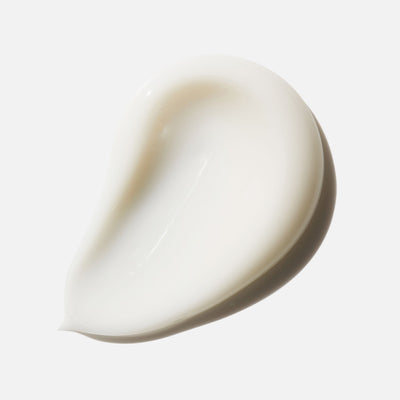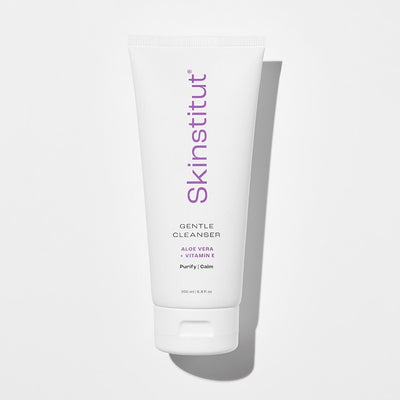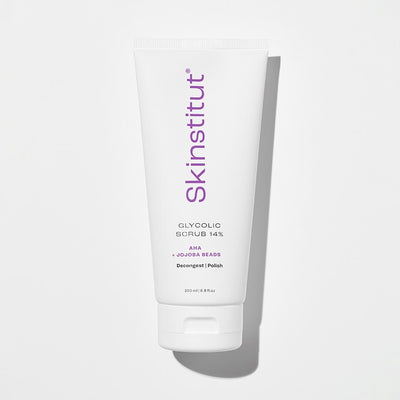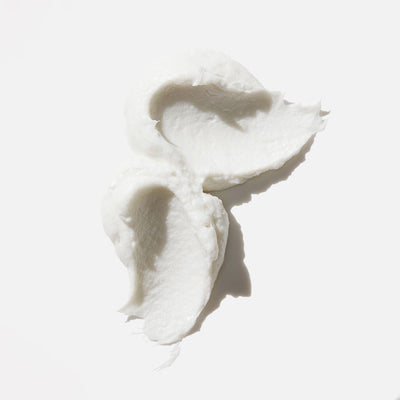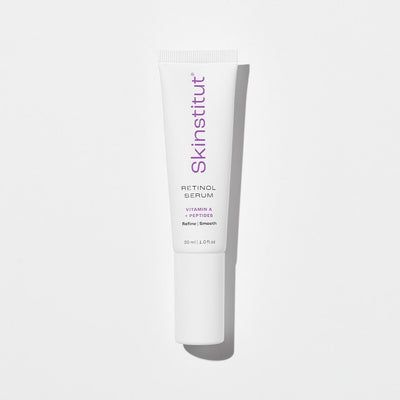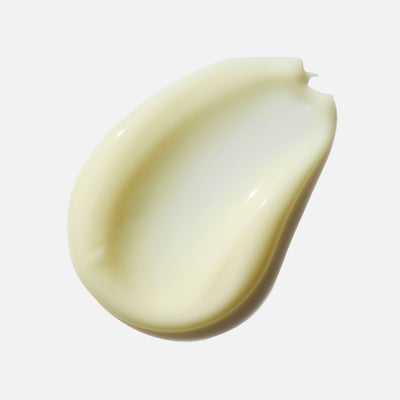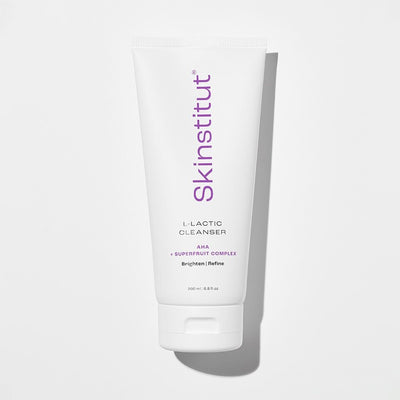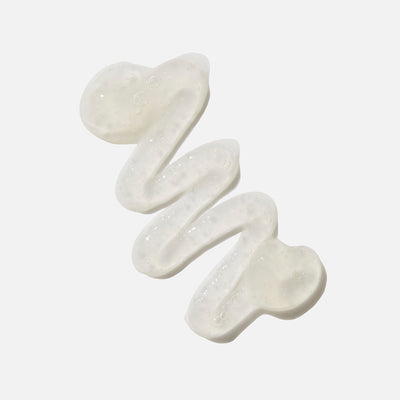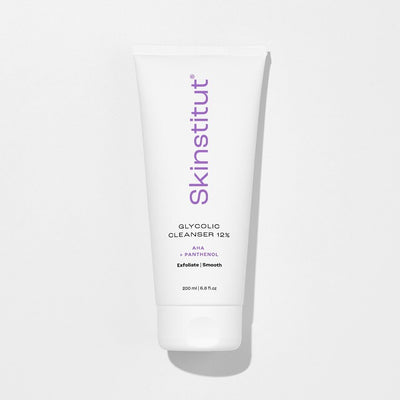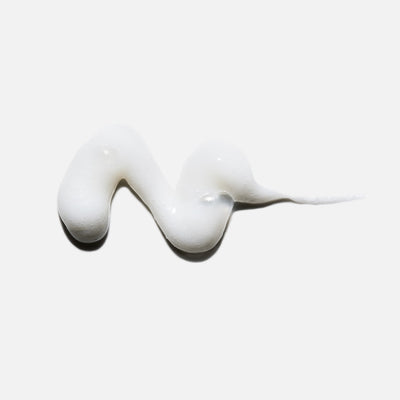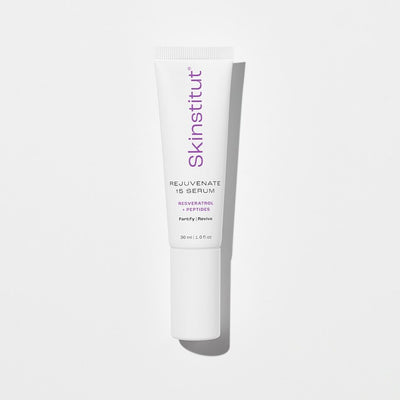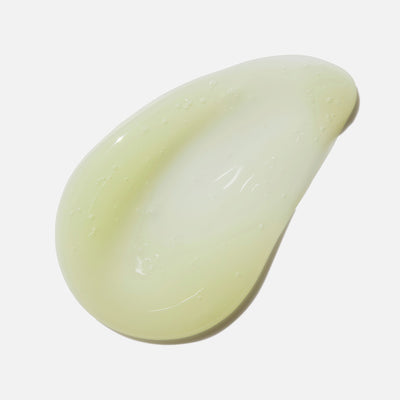We’ve all been there: you wake up on the morning of a big meeting or social event to find an angry pimple has appeared seemingly out of nowhere… as if the universe just knows.
But the reality is acne doesn’t form overnight. Instead, it develops beneath the surface – sometimes for weeks – before it appears on our skin.
And while it’s possible to treat spots as they occur, it’s much more effective to target the root cause. To do that, it’s essential to understand the life cycle of a pimple, from factors that contribute to acne to that all-important aftercare.
Keep reading for our tips on managing each stage of the cycle.
First Up, What's Causing Your Pimples?
Pimples can be the result of many factors – sometimes several at once. Determining the cause of your acne is the first step in understanding how to achieve clearer skin.
Here’s a quick breakdown:
Is It Hormones?
Hormonal imbalances can trigger an overproduction of sebum, increasing the risk of clogged pores. This is why the contraceptive pill is often prescribed for the treatment of acne: it temporarily decreases oil production. Certain skincare ingredients and formulas can also help to manage oily skin (more on this below).
Environmental Factors?
In some cases, exposure to pollution and allergens can irritate the skin barrier, increasing the incidence of pimples. If you’re predisposed to breakouts, environmental conditions might worsen things.
Genetics?
Sometimes oily skin and accompanying pimples are simply due to genetics. While frustrating, with the right treatment plan, it’s possible to cultivate a clearer complexion.
Lifestyle?
There is some evidence to suggest that lifestyle factors (like excessive consumption of dairy) can influence acne. It’s not always the case, but if you’re working towards clear skin, it could be worth investigating. Also, things like maintaining clean pillowcases and sanitising your phone are only going to help.
The 3 Stages Of A Pimple (And The Top Treatments For Each!)
Stage One: Formation
A pimple occurs when a pore becomes clogged with sebum (secreted from the sebaceous glands), dead skin cells and acne-causing bacteria. Before we’re even aware of what’s happening, this build-up blocks the pore opening – the very start of an impending breakout.
At this point in the life cycle, prevention is key. By managing oil production and encouraging exfoliation, the risk of a breakout will be much lower… non-existent, even.
Here’s our advice for pimple prevention:
Cleansing Matters
Cleansing the skin properly will remove pore-clogging dirt, sebum and bacteria. We recommend double cleansing, starting with an oil-based formula then following up with a gel cleanser.
Try Expert Replenish Squalane Cleansing Oil
Try Gentle Cleanser
Exfoliation Is Key
Whether physical or chemical, exfoliation works to remove cells with pore-clogging potential, revealing a brighter, healthier complexion. Not only does this prevent pimples, it will also soften the look of marks and scars.
Make Friends With Retinol
Vitamin A – specifically Retinol – is a hero ingredient in the treatment of acne at every stage of the life cycle, because it regulates cell turnover (by exfoliating the skin and increasing collagen production). This keeps skin smooth, bright and free from congestion.
Try Retinol Serum
Stage Two: Breakout
So, you’ve broken out – it happens. Once a pore is clogged and angry, your skin is likely to develop an active and visible pimple. That said, all pimples are different, so knowing what you’re dealing with is helpful when it comes to treatment. The various types of breakouts include:
● Closed comedones, which are blocked follicles that haven’t been exposed to air. They tend to look like flesh-coloured bumps and rarely come to a head.
● Open comedones, which are better known as blackheads because they are open and exposed to air, which causes oxidation (hence the darker colour).
● Pustules and papules. These are raised, red and sometimes painful. The key difference between the two is that pustules are filled with pus and will manifest as whiteheads.
● Cysts and nodules are deeper than regular breakouts and can take weeks to heal completely. They might feel like large lumps under the skin and can cause serious scarring if you try to extract them yourself.
Got an active spot? Here’s our suggested plan of attack:
Spot SOS
If a big pimple does rear its head the day before something important, fear not! Reduce the swelling by putting ice on the area and follow up with a two-step spot treatment consisting of Glycolic Cleanser 12% and Laser Aid. The Glycolic Acid in the cleanser will remove expired cells, while Laser Aid’s cooling gel formulation will reduce redness. By the morning, it should be much easier to conceal any lingering unevenness.
Try Laser Aid
Stage Three: The Aftermath
Most spots should heal within a week or so but if you pick them, post-inflammatory hyperpigmentation can occur.
This type of scarring is tricky to erase but with the right care, you can brighten things up. Need a way to fade those dark spots? All the info, below:
Scar Treatment
If you’re dealing with brown, red or purple marks, the best thing to do is focus on brightening skin care with specific pigment-inhibiting ingredients. Even Blend Serum gently exfoliates the skin’s surface, while simultaneously preventing dark marks for brighter, even-toned skin.
Try Even Blend Serum
Want more intel on how to keep your skin bright and breakout-free? Read up on the difference between breakouts and purging here, and explore our Clearing range here.
SOURCES:
https://pmc.ncbi.nlm.nih.gov/articles/PMC6115795/
https://www.ncbi.nlm.nih.gov/books/NBK459173/



